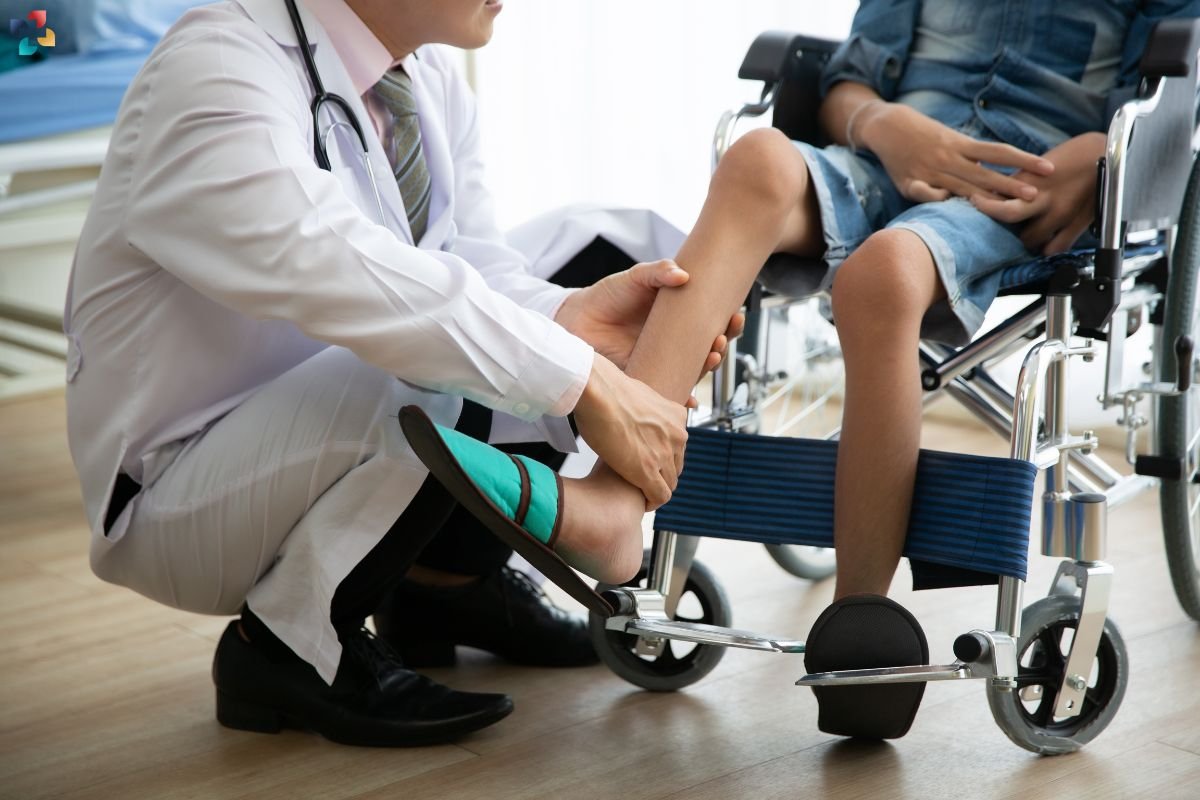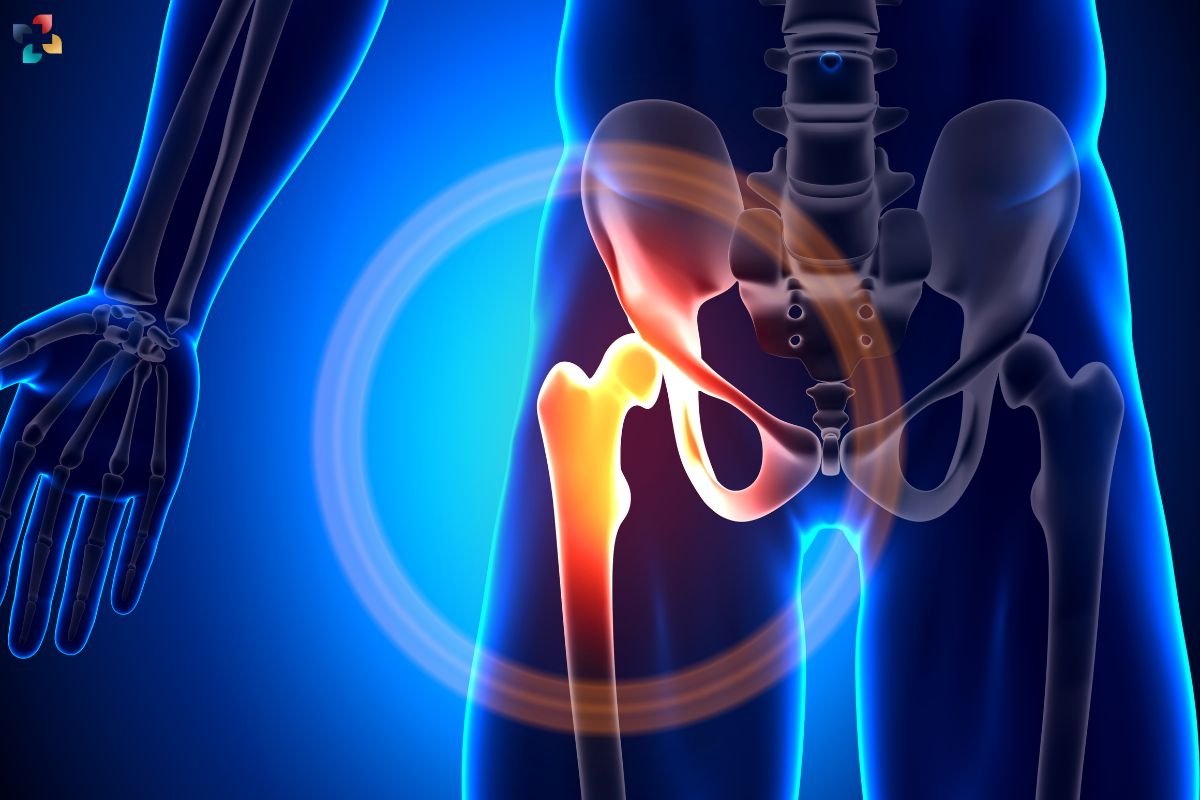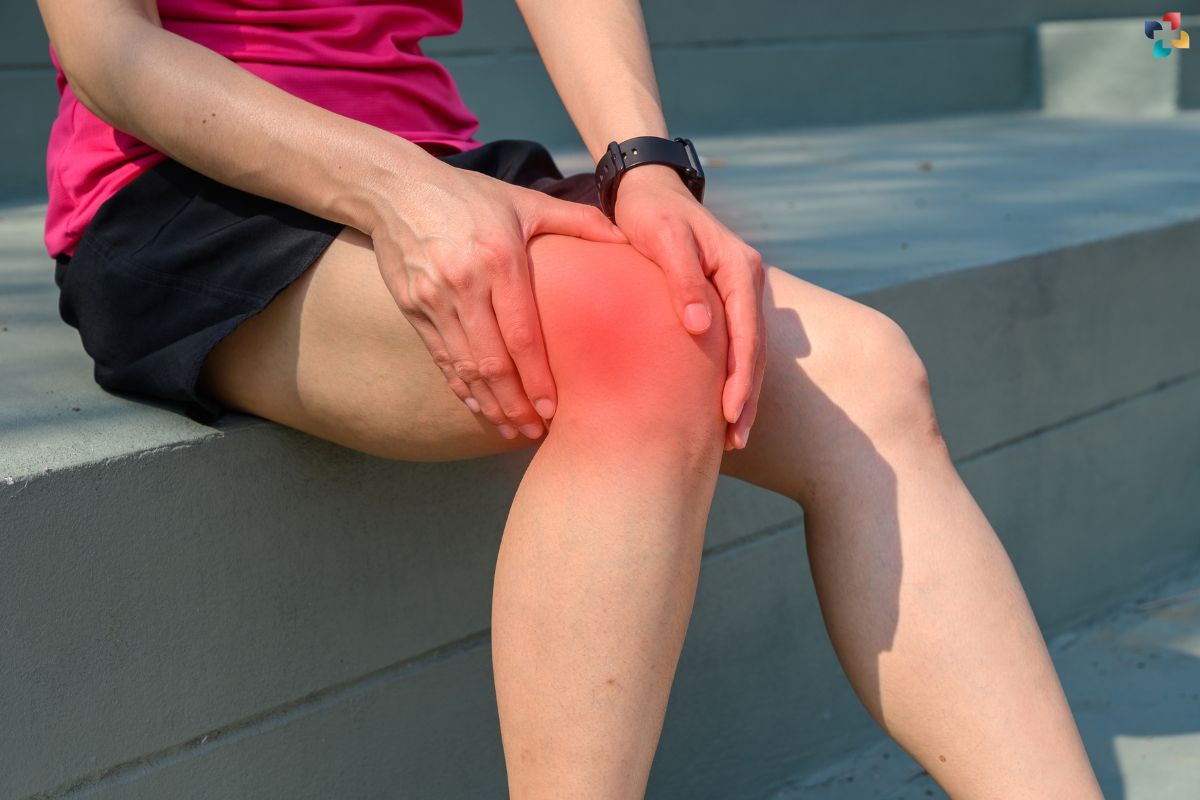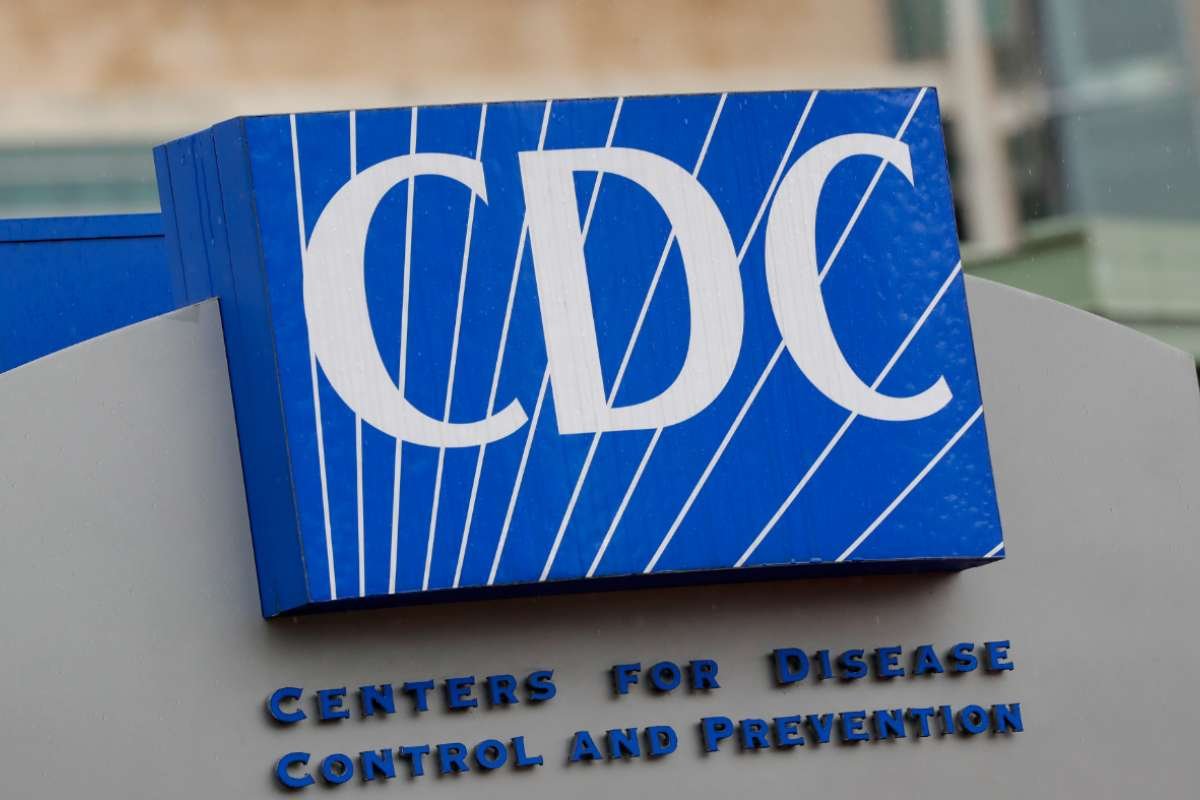Table of Contents
IT band syndrome, also known as iliotibial band syndrome, is a common overuse injury affecting the iliotibial band, a thick band of tissue running along the outside of the thigh from the hip to the knee. This condition is particularly prevalent among athletes, especially runners and cyclists. In this comprehensive guide, we will explore the causes, symptoms, diagnosis, treatment, and prevention of IT band syndrome, providing valuable insights for those affected by this condition.
What is IT Band Syndrome?
This syndrome occurs when the iliotibial band becomes tight or inflamed, causing pain on the outside of the knee. The iliotibial band is crucial for stabilizing the knee during activities such as running and cycling. When the band is overused or subjected to repetitive stress, it can rub against the lateral femoral epicondyle, a bony prominence on the outer part of the knee, leading to irritation and inflammation.
Causes of IT Band Syndrome

Several factors can contribute to the development of this syndrome, including:
- Overuse: Repetitive activities, such as running or cycling, can strain the iliotibial band, leading to inflammation.
- Poor Training Techniques: Abrupt increases in training intensity, inadequate warm-ups, and insufficient stretching can contribute to the condition.
- Biomechanical Issues: Abnormalities in gait or running mechanics, such as overpronation or leg length discrepancies, can place extra stress on the IT band.
- Weak Muscles: Weak hip and gluteal muscles can cause the iliotibial band to compensate, leading to overuse and inflammation.
- Inappropriate Footwear: Wearing worn-out or ill-fitting shoes can affect your gait and increase the risk of developing IT band syndrome.
Symptoms of IT Band Syndrome
The primary symptom of this syndrome is pain on the outside of the knee, which may worsen with activity. Other symptoms include:
- Swelling: Inflammation of the iliotibial band can cause swelling on the outer part of the knee.
- Tenderness: The area around the lateral femoral epicondyle may be tender to the touch.
- Clicking Sensation: Some individuals may experience a clicking or snapping sensation as the iliotibial band moves over the bone.
- Pain During Activity: Pain typically worsens with activities that involve bending the knee, such as running, cycling, or climbing stairs.
Diagnosing IT Band Syndrome
Diagnosing this syndrome involves a thorough physical examination and a medical history review. Your healthcare provider may perform specific tests to assess the range of motion and identify areas of tenderness. In some cases, imaging studies such as MRI or ultrasound may be ordered to rule out other potential causes of knee pain.
Iliotibial (IT) Band Syndrome: Causes, Symptoms, Recovery Times, Treatment
Treatment Options for IT Band Syndrome
Treatment for this syndrome typically involves a combination of self-care measures, physical therapy, and, in severe cases, medical interventions. Here are some effective treatment options:
- Rest and Activity Modification: Resting and avoiding activities that exacerbate the pain is crucial for recovery. Gradually reintroducing activity can help prevent recurrence.
- Ice Therapy: Applying ice to the affected area can help reduce inflammation and alleviate pain. Ice packs should be used for 15-20 minutes several times a day.
- Stretching and Strengthening Exercises: Stretching the iliotibial band and strengthening the hip and gluteal muscles can improve flexibility and reduce strain on the band.
- Foam Rolling: Using a foam roller to massage the iliotibial band can help release tension and improve mobility.
- Nonsteroidal Anti-Inflammatory Drugs (NSAIDs): Over-the-counter NSAIDs, such as ibuprofen, can help reduce pain and inflammation.
- Physical Therapy: A physical therapist can design a personalized exercise program to address the underlying causes of this syndrome and promote healing.
- Corticosteroid Injections: In severe cases, corticosteroid injections may be administered to reduce inflammation and pain.
- Surgery: Surgery is rarely needed but may be considered if conservative treatments fail. Surgical options include IT band release or bursectomy.
Preventing IT Band Syndrome
Preventing this syndrome involves adopting healthy training habits and addressing any underlying biomechanical issues. Here are some preventive measures:

- Gradual Progression: Increase training intensity and duration gradually to avoid overloading the iliotibial band.
- Proper Warm-Up and Cool-Down: Incorporate dynamic stretches and light aerobic activity before workouts and static stretches afterward.
- Strength Training: Strengthening the hip, gluteal, and core muscles can improve stability and reduce strain on the IT band.
- Proper Footwear: Wear well-fitting shoes with adequate support and replace them regularly to maintain proper biomechanics.
- Cross-Training: Incorporate low-impact activities, such as swimming or cycling, into your routine to reduce repetitive stress on the iliotibial band.
- Gait Analysis: Consider a professional gait analysis to identify and correct any abnormalities in your running or walking mechanics.
Role of Nutrition in IT Band Syndrome
Nutrition plays a crucial role in the overall health of your musculoskeletal system, and it can also aid in the prevention and management of IT band syndrome. Here are some nutritional tips to support recovery and prevent recurrence:
- Anti-Inflammatory Diet: Consuming foods rich in anti-inflammatory properties, such as fruits, vegetables, and fatty fish, can help reduce inflammation.
- Hydration: Staying well-hydrated is essential for maintaining the elasticity and flexibility of the iliotibial band.
- Protein Intake: Adequate protein intake is vital for muscle repair and recovery. Include lean meats, beans, and dairy products in your diet.
- Vitamin D and Calcium: These nutrients are essential for bone health. Include sources such as dairy products, leafy greens, and fortified foods.
- Omega-3 Fatty Acids: Found in fish oil and flaxseed, omega-3 fatty acids can help reduce inflammation and support joint health.
The Psychological Impact of IT Band Syndrome
Dealing with this syndrome can be frustrating and emotionally challenging, especially for athletes who are passionate about their sport. The inability to participate in regular activities and the uncertainty of recovery can lead to stress, anxiety, and even depression. It is important to address the psychological aspects of the condition:
- Stay Positive: Maintain a positive outlook and focus on the steps you can take toward recovery.
- Seek Support: Talk to friends, family, or a therapist about your feelings and concerns.
- Stay Informed: Educate yourself about IT band syndrome and its treatment options to feel more in control of your recovery.
- Set Realistic Goals: Set achievable goals for your recovery and celebrate small milestones along the way.
Real-Life Experiences: Stories from Athletes
Many athletes have successfully overcome IT band syndrome and returned to their sports stronger than ever. Here are a few real-life experiences:

1. Sarah’s Story:
Sarah, a dedicated marathon runner, developed this syndrome after increasing her training intensity too quickly. With the help of a physical therapist, she incorporated strength training and stretching exercises into her routine. Sarah gradually returned to running and completed her next marathon pain-free.
2. James’s Journey:
James, an avid cyclist, experienced severe knee pain due to this syndrome. He took a break from cycling, focused on strength training, and worked with a coach to correct his biking posture. James resumed cycling and participated in a charity ride, raising funds for sports injury research.
3. Lisa’s Recovery:
Lisa, a professional soccer player, struggled with IT band syndrome for months. She consulted a sports nutritionist to optimize her diet for recovery and worked closely with her team’s physiotherapist. Lisa’s dedication paid off, and she returned to the field, helping her team win the championship.

Understanding and Managing Hip Flexor Pain: A Comprehensive Guide
Hip flexor pain is a common issue affecting individuals of all ages and activity levels. The hip flexors, a group of muscles located at the front of the hip, play a crucial role in various movements, including walking, running, and bending.
Conclusion
IT band syndrome is a common yet manageable condition that affects many athletes and active individuals. By understanding the causes, symptoms, and treatment options, you can take proactive steps to prevent and manage this condition effectively. Incorporating proper training techniques, addressing biomechanical issues, and seeking professional guidance can significantly reduce the risk of developing IT band syndrome. Remember, recovery takes time, but with patience and dedication, you can overcome IT band syndrome and continue to pursue your passion for sports and physical activity.






